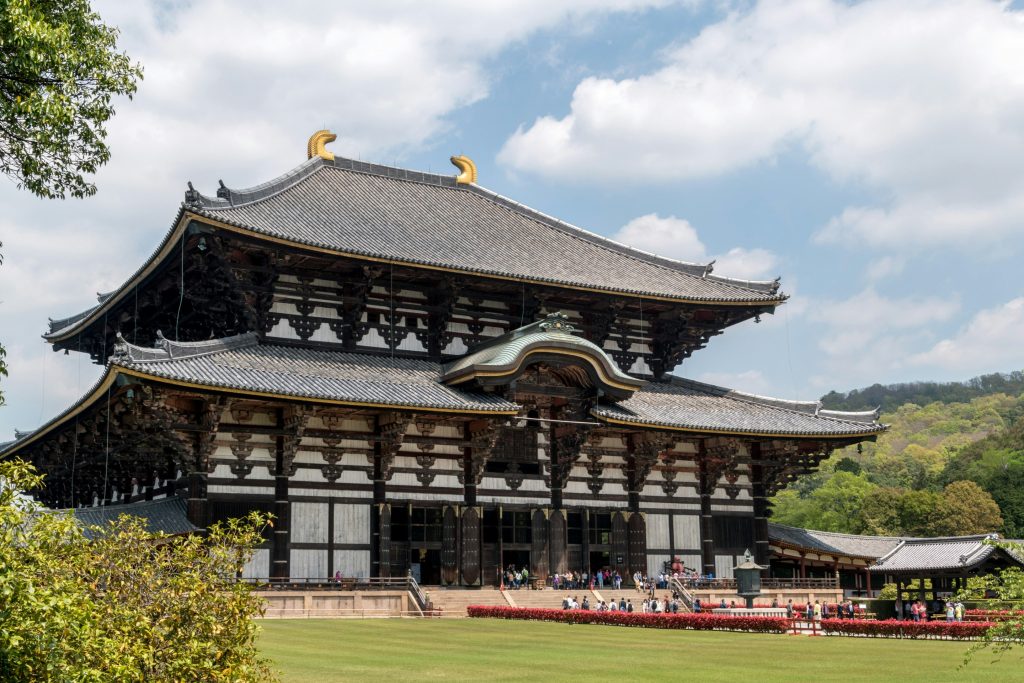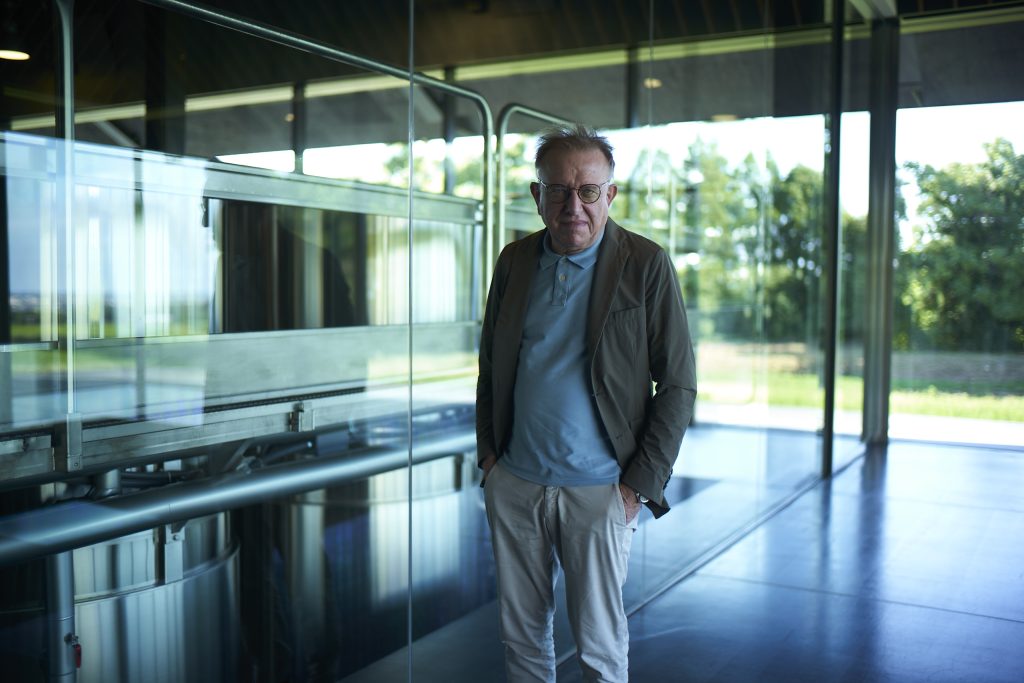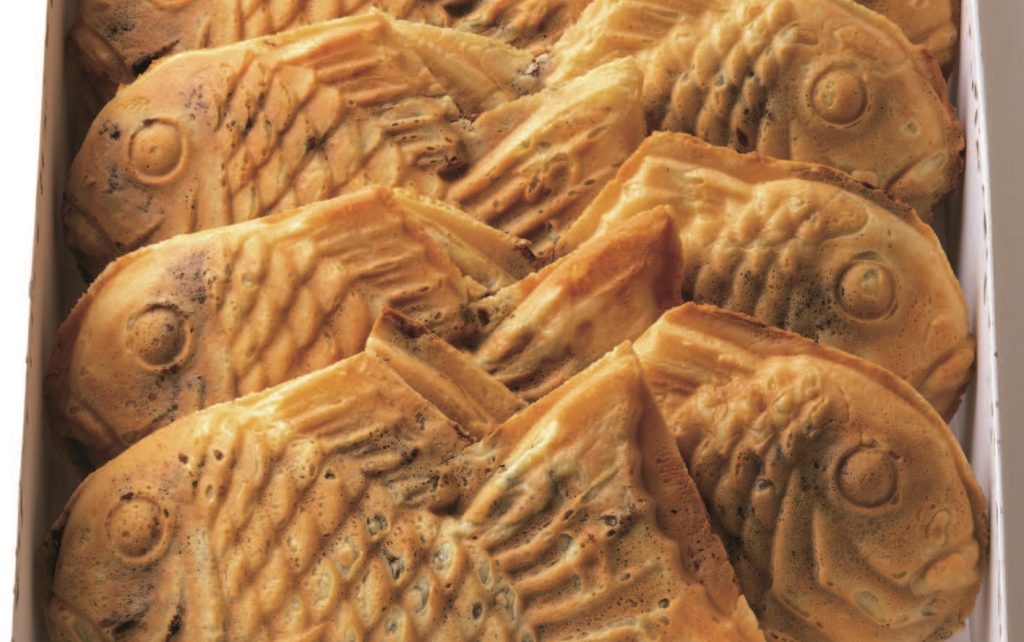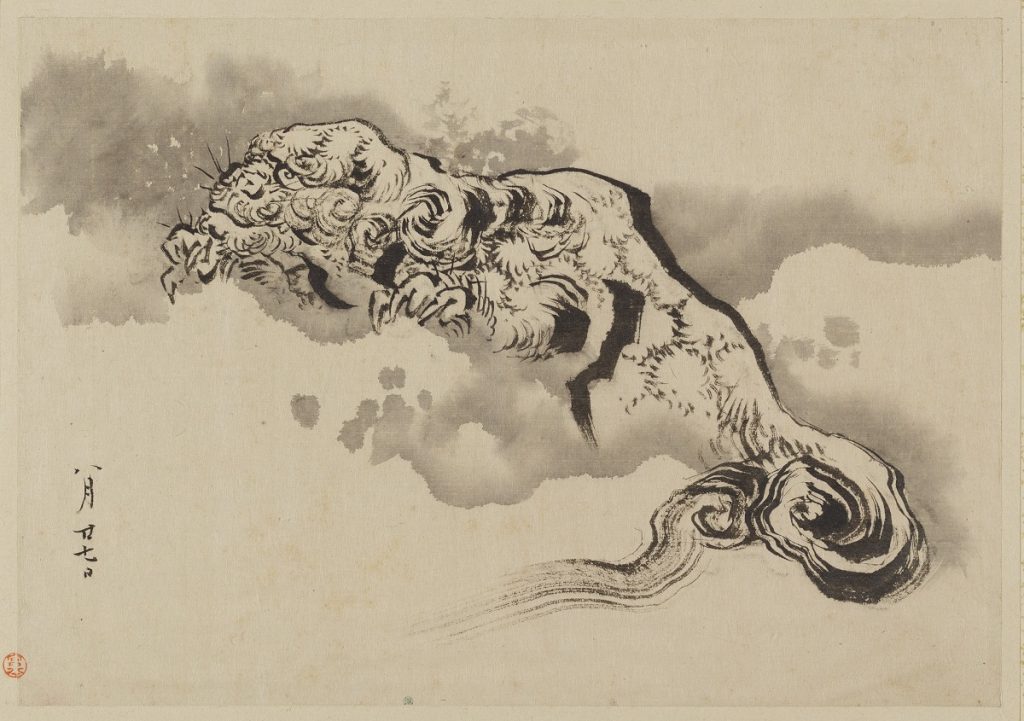The Nara period refers to the 74 years from 710 (Wado (和銅) 3) to 784 (Enryaku (延暦) 3) when the capital was located in present-day Nara City.
Nara is also written as 那羅、奈羅、乃楽、寧楽、楢, etc., but it generally refers to the capital of Nara, which was called Heijo-kyo (平城京 : Heijo-kyo/Heizei-kyo). We will introduce key points of this period as ‘inspiring moments’.
The editorial staff who read this article has roughly summarized the Nara period in a single picture, so you may want to read on with this reference.
4. We are the Four Fujiwara Brothers!
When the Fujiwara (藤原) government returned to the hands of the Fujiwara in 731, who were the members of the Dajokan (太政官)
•Prince Toneri Shinno (舎人親王), Tidaijyokanji(知太政官事)
•Tajhi no Ikemori (多治比池守), Dainagon (大納言)
•Fujiwara Muchimaro (藤原武智麻呂)
And 9 more persons served as councilors in total.
Of these, there were four Fujiwara brothers, Muchimaro, Fusasaki (房前), Umakai (宇合), and Maro (麻呂), and the government led by these four is known as the ‘Fujishiko Seiken (藤四子政権)’.
These political upheavals intensified social upheavals. It was at this time that the monk Gyoki (行基) appeared on the scene.
Because he broke the prohibition of the government and spread Buddhism to the people, he was suppressed by the government from 717 (Yoro (養老) 1) onward. Nevertheless, he carried out social projects such as digging ponds and ditches and building road bridges to propagate Buddhism, and his teachings spread to the general public.
Around this time, smallpox, which had been introduced from overseas, became an epidemic in Japan. The epidemic began in Dazaifu (大宰府) in 735 and spread to the capital the following year, killing a large number of people. Many of the nobles of Heijokyo (平城京) lost their lives, as did the four brothers under Muchi Maro, and the regime of the Fujiwara family was dissolved.
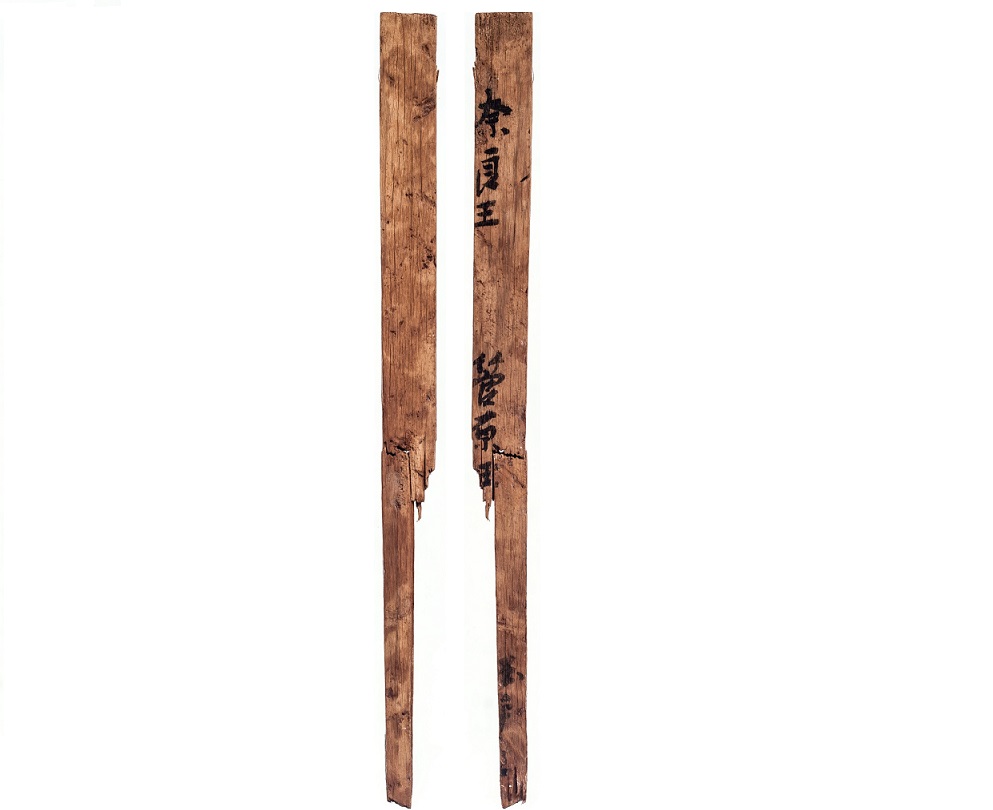
5. The arrival of of Tachibana no Moroe and the project to build the Great Buddha
Following the deaths of the four Fujiwara brothers, the center of government was led by Dainagon Tachibana no Moroe (橘諸兄 : Minister of the Right in 738).
In East Asia at this time, the Tang Dynasty was immensely powerful and possessed very advanced institutions and culture. It was essential for the country’s existence and development to maintain friendly relations with this Tang Dynasty and learn its institutions and culture. The government resumed the dispatch of envoys to the Tang Dynasty, which had been suspended for a while. The first mission to the Tang Dynasty was sent in 717, with Kibi no Makibi (吉備真備), Abeno Nakamaro (阿倍仲麻呂), the monk Gembo (玄昉), and others accompanying as exchange students and learned monks.
Tachibana no Moroe, who was also an ‘anti-Fujiwara force’, sought to remove the influence of the Fujiwara family from politics and heavily employed Kibi no Makibi and Gembo, who returned to Japan, as well as implementing austerity measures to recover from the devastating smallpox epidemic.
In 740, Hirotsugu (広嗣), the eldest son of Umakai, one of the four Fujiwara brothers, raised an army to demand the banishment of Mabiki and Genbaku. This incident is known as the ‘Hirotsugu no Ran (広嗣の乱)’.
Hirotsugu gathered soldiers from all over Kyushu, but the government also summoned a conquering army. Within two months, the army of conquerors defeated Hirotsugu’s army, and Hirotsugu was subsequently captured, ending the rebellion.
Although the rebellion was over, Emperor Shomu (聖武) moved his capitals to Ise (伊勢), Mino (美濃), and Omi (近江) one after another, probably due to the power struggle between Tachibana no Moroe and the Fujiwara clan. Although the true reason for this is unknown, Emperor Shomu issued a decree on Rushana Daibutsu Zoryu no Mikotonori (盧遮那大仏造立の詔)’. In other words, it was a project to build the Great Buddha. It is likely that he prayed for the cessation of political unrest and epidemic by taking refuge in Buddhism.
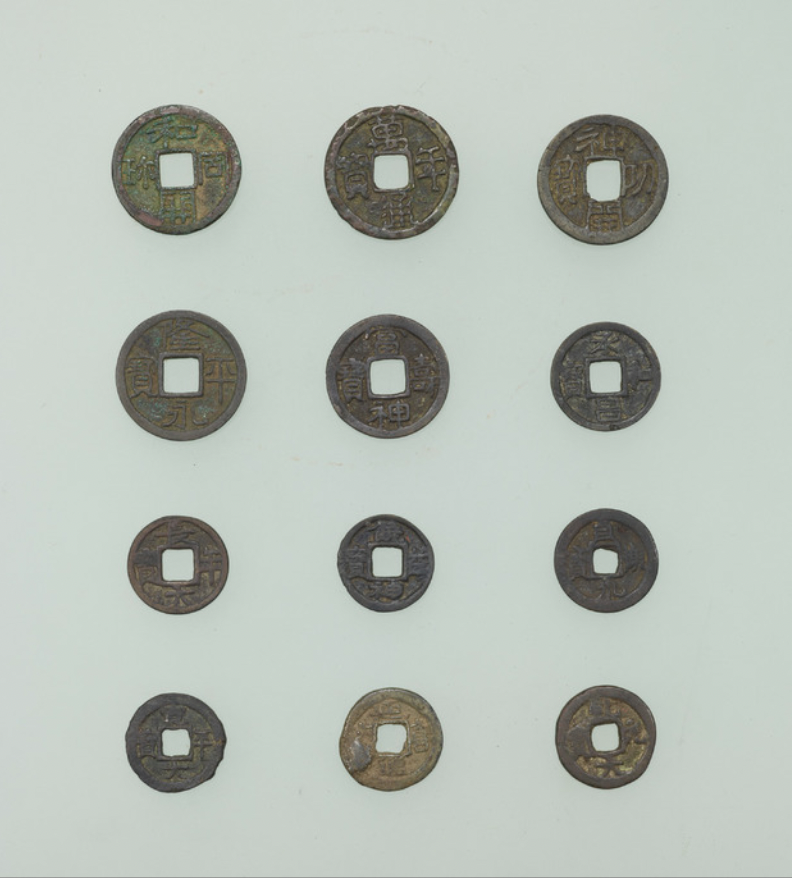
6. The return of the Fujiwara clan
In 743, the government enacted the ‘Konden einen shizai hou (墾田永年私財法)’, which allowed land cultivated within certain limits to be privately owned by the cultivator for perpetuity. This was a policy that further promoted the aforementioned ‘ Sanze issin no ho (三世一身法)’, and thereafter private ownership of land by aristocrats, powerful families, and temples began to increase. In particular, powerful nobles and temples hired farmers to cultivate land, and then purchased the farmers’ cultivated rice fields to expand their private land holdings and create manors. These manors were called ‘Shoki Shouen (初期荘園)’.
In the political arena, where the Moroe faction had gained a certain amount of power, the sudden death of Prince Asaka (安積) in 744, for whom the Moroe faction had high expectations, was a huge blow. Fujiwara no Nakamaro (藤原武智麻呂), the second son of Fujiwara Muchimaro, began to gain power around this time.
He took the opportunity of Empress Komyo becoming Empress Dowager upon the abdication of Emperor Shomu to expand and reorganize the empress-related departments and establish a new government office, the ‘Shibichudai (紫微中台). She herself became its director and appointed a number of capable officials to her staff. Thereafter, important political affairs were transferred from the Grand Council of State to the Shibichudai, and Empress Dowager Komyo, assisted by Nakamaro, replaced Emperor Kohken (孝謙) at the center of politics. In other words, the Fujiwara power once again took over the actual political power.
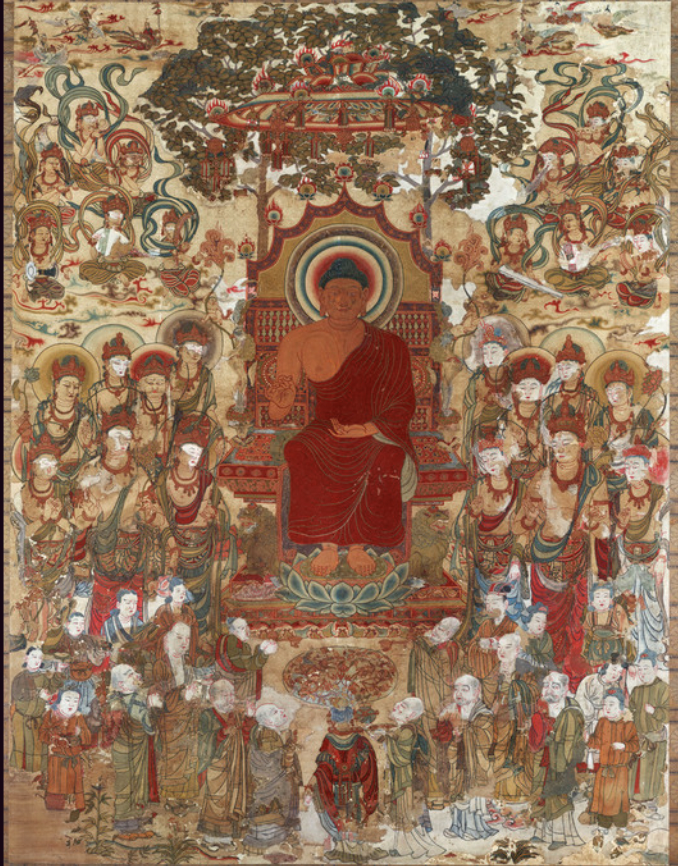
7. The maginifcent Tenpyo culture and the compilation of the Chronicles
The culture of this period is called ‘Tempyo Bunka (天平文化)’ after the year of Emperor Shomu’s reign.
It is characterized by the influence of continental culture brought by Japanese envoys to the Tang Dynasty. It is very cosmopolitan.
The compilation of ‘Kojiki (古事記)’ and ‘Nihonshoki (日本書紀)’ is also important. On the other hand, it was also rich in ethnicity, with the compilation of the ‘Manyoshu (万葉集)’, the incorporation of songs by ordinary people, and performances of rural performing arts at court.
This, combined with a Buddhist culture that flourished under government protection, led to the creation of outstanding Buddhist art. The three statues of Yakushi-sanzon zo (薬師三尊像) in the Kondo (金堂) Hall of Yakushiji (薬師寺) Temple, the Shitenno (四天王) statues in the Kaidan-in (戒壇院) Temple of Todaiji, and the Hachibushu (八部衆) statues in Kofukuji (興福寺) Temple are particularly well-known. Dyeing, weaving, goldsmithing, and lacquerwork were also developed by adopting Tang Dynasty techniques, and elaborate works were created by technicians working in government workshops. The Shousou-in (正倉院) Repository contains a large number of these excellent works, including pieces from India, Islam, and Eastern Rome. The international character of the Tenpyo culture is also evident in the gigaku (伎楽) and gigaku masks performed at court.
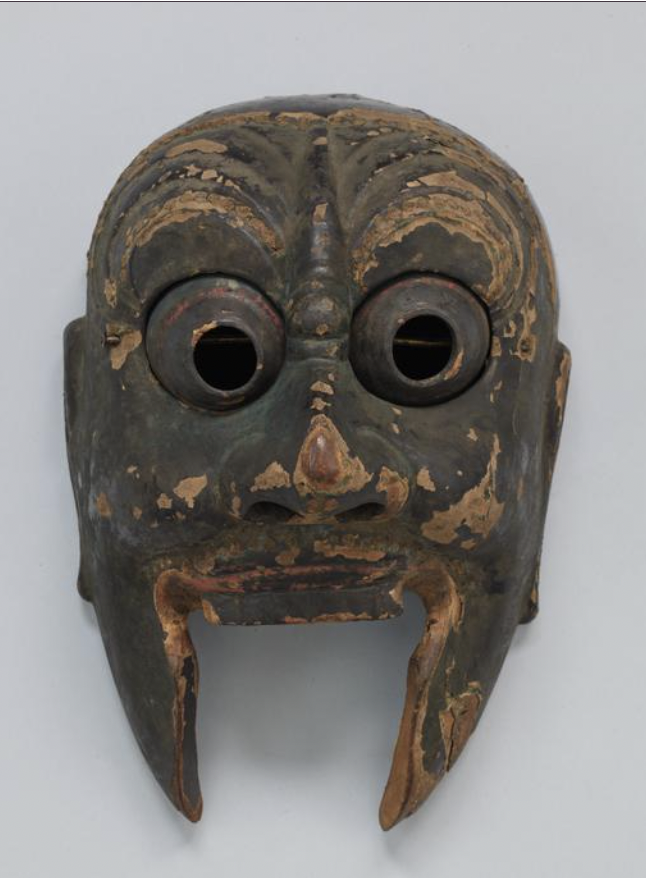
This article is translated from https://intojapanwaraku.com/rock/culture-rock/210594/









